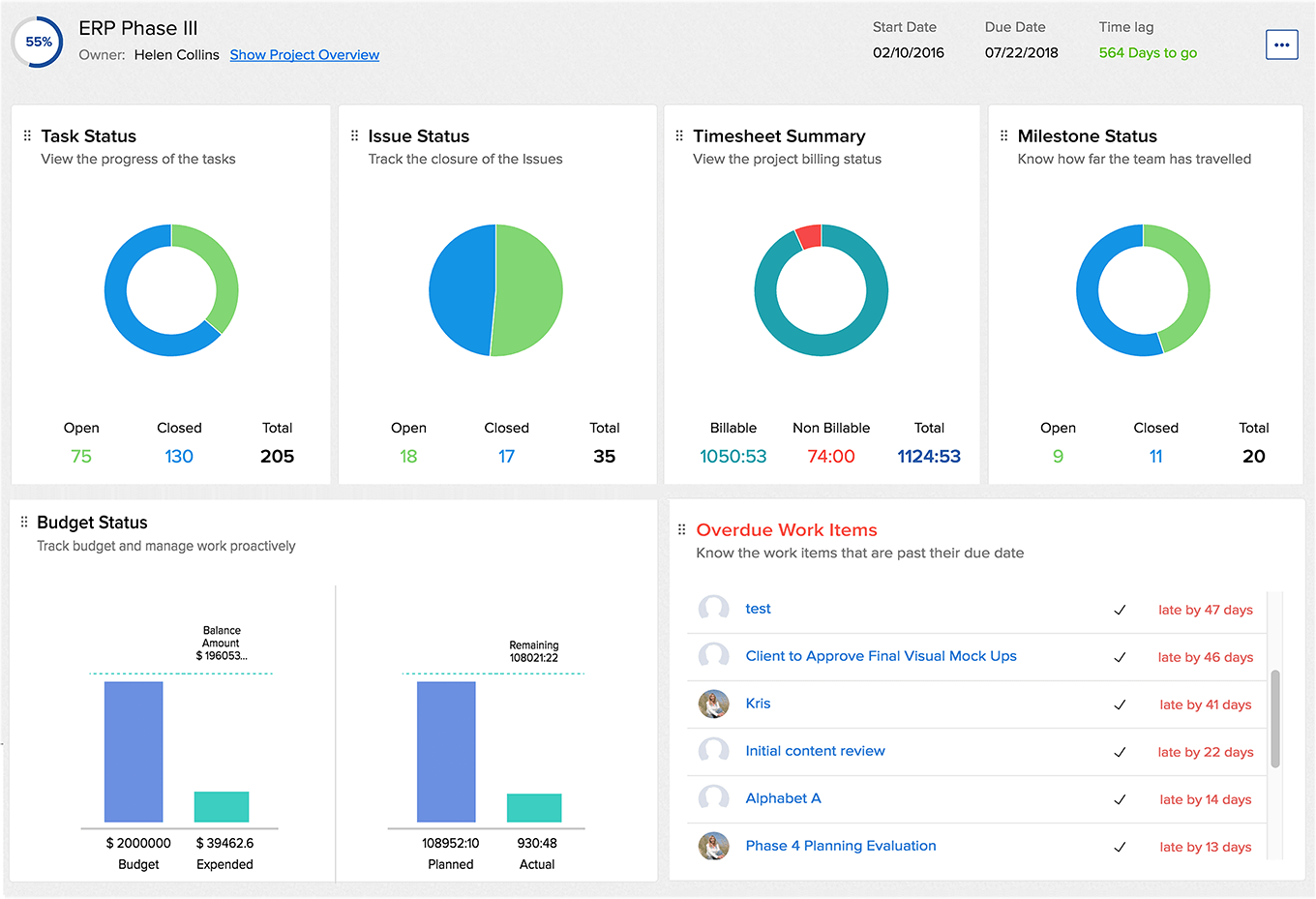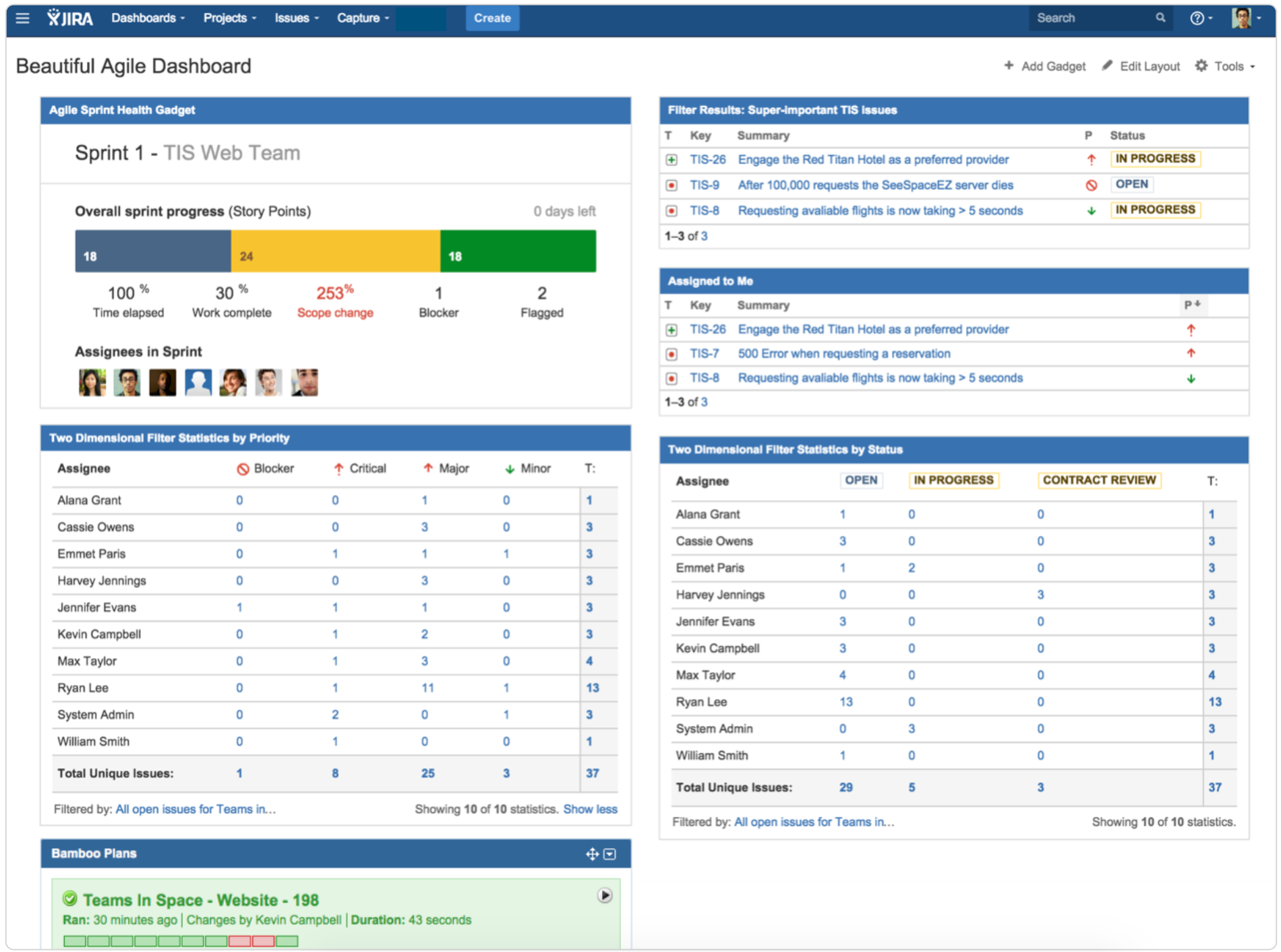Your Team’s Bandwidth Shrinks Faster than Ant-Man: Tell-tale Sign #2 that You Need Independent Leadership
Welcome to the Tell-tale Signs blog series! In this three-part series of articles, I’m sharing the three biggest stumbling blocks I see most often with organizations who are struggling to complete projects — and how independent leadership can shift your team to a whole new level of success.
Read Tell-tale Sign #1 and Tell-tale Sign #3.
Ask any project manager what they need most to make sure their projects get completed successfully, and they’ll probably say “more time” or “more resources.” What that really boils down to is “more bandwidth.” In regard to your project team, bandwidth is how much they can get done within the time available to them. And very often, the tasks exceed the time. This is where I see so many projects and strategic initiatives falter.
But bandwidth issues aren’t limited to individual contributors. Internal project managers don’t always have the bandwidth themselves to figure out creative ways to solve the problem for their team.
As an independent project leader who is often brought in to help organizations gain perspective, I’ve found a few reliable ways to deal with the low-bandwidth problem. These techniques tackle the challenge of limited bandwidth and help your team focus the energy that they do have to get clarity on what to do next — and then get it done. Keep reading, because I’m about to share these techniques with you in this article.
We’re all working harder than ever. A recent study from economists at Arizona State University and Goethe University in Frankfurt, Germany, shows that Americans work an average of 258 hours more than their European counterparts every year. We spend 25 percent more time working than they do! I think it’s partly due to the wide availability of internet connectivity here in the U.S. and the fact that we all have at least one mobile device on us at all times. Given the global nature of enterprise business, we’re often collaborating with people in different time zones too. We’re always “on.”
In my role as a consultant, I see the consequences of this level of “busy-ness” in business play out in a number of ways. The most obvious way this plays out is what I call “shrinking bandwidth.” In action, it means that day-to-day responsibilities often trump everything else, leaving very little capacity for anything else (like strategic initiatives). When we’re pressed for time, we tend to take the path of least resistance and do what’s familiar instead of exploring something new.
Our schedules today are often interruption-driven and any incremental work due for “non-core” initiatives usually happens late at night, or 24 hours before the regular status meeting. It’s like battle fatigue in the workplace. The more we’re asked to do, the less energy we have.
Speaking of fatigue — meeting fatigue is a major issue in enterprise organizations, too. In one study that looked at the effect of daily meetings on employees in the workplace, the authors found that the more meetings employees attended, the more tired they felt, and the higher they perceived their workload to be. But this doesn’t have to derail your project. There are some very effective approaches you can take to focus your team’s energy and keep everyone on track — without giving them more to do.
What’s the first thing we do when we feel overwhelmed? We seek the familiar. We look for patterns to navigate our way out of the chaos. Paradoxically, that approach is likely to keep your project team stuck in the same chaotic grind. New ideas can feel threatening in an environment where your team can barely keep up with what’s familiar. But if you help them connect seemingly unrelated ideas back to the project, it can trigger a breakthrough in your team’s ability to move the project forward.
Researchers at the University of Pittsburgh examined the process by which engineers come up with new and innovative designs and found that new ideas didn’t spring fully formed from a massive cognitive leap. Instead, created solutions emerged when the engineers used analogies from sources perceived as unrelated to the problem. Creativity is incremental. Idea “A” spurs a new (but closely related) thought, which prompts a chain of small mental advances that might eventually lead to a bigger idea — Idea “B.”

The key is to be open about the possible connections. But how do you know which ideas are worth exploring further? Start by asking yourself these questions:
- How does this idea support our business?
- What do we lose if we don’t follow this idea and continue as before?
- Where would we end up if this idea is successful?
Answering these questions will draw out any underlying concerns the idea raises, and generate a productive discussion that just might lead to a breakthrough solution. Of course, you also need to separate the bad from the good. A constant stream of new ideas can be just as counter-productive as relying on past experience for answers. When you ask your team members to evaluate too many new ideas, you increase their cognitive load. Every time they’re asked to consider (and evaluate) a new idea, there’s a context-switch.
It’s important that you develop an approach to help you zero in on the best ideas, and quickly discard the ideas that won’t help you move forward. This next technique can help.
Look at your list of ideas. Which ones can your team reasonably accomplish in the next 90 days? As the saying goes, when everything is important, nothing is important. And it’s easy to get paralyzed by the enormity of what you’re trying to accomplish if you don’t have a plan. As an independent project leader, I use “90-Day World” to help organizations battle this overwhelm.
In his book Mastering the Rockefeller Habits, author Verne Harnish recommends having a long-term vision and direction, but breaking that big picture down into 90-day goals that you can accomplish in the short-term. It turns out that 90 days is the perfect interval for maintaining a focused commitment to a goal: It’s long enough that you can still be ambitious, but short enough that you can plan with reasonable confidence. The key is to identify three to seven priorities (the “big rocks,” as I call them) for action over the next 90 days. Anything else simply can’t be done.
Setting priorities in this way will give you something that you can measure, and control over your team’s short-term commitments. The advantage of trading longer-term goals for shorter-term ones is that you make progress sooner and create momentum for further success. You may be doing less, but you’re doing it better. The other benefit to planning and executing in 90-day increments is that you have a chance to reassess and reprioritize, if necessary. If things aren’t going in the direction you anticipated, you can course-correct without losing a significant investment.
When you have a spare 20 minutes or so, you should pull up this insightful interview with Verne Harnish and jump to the 11-minute mark where he talks about achieving laser-focus on the next 90 days.
You can’t manage what you don’t measure. That’s why you need a Project Dashboard. This is a key tool for tracking real progress on a project. It’s visible to everyone, which ensures accountability. It also means that the project sponsor can keep a “finger on the pulse” and monitor how things are going without constantly asking for updates. Your own project requirements will determine what metrics you include, but it’s a good idea to incorporate data around current activities. This helps the project team see where the project is headed (as opposed to lagging indicators that measure outcomes).
Here are two examples of what this might look like for your team. This example dashboard comes from Zoho:

And here’s an Agile dashboard from Atlassian:

Review the Project Dashboard regularly with your team. Don’t just look at changes from week to week. As you move through your 90-day plan, you’ll have more and more data from preceding weeks, and the opportunity to identify any patterns or trends that might indicate potential issues.
Knowledge is power. A Project Dashboard allows you to spot issues before they become problems. You’ll be able to diagnose and pre-empt, instead of having to react and fix something when it’s too late. Remember: It may take a bit of time for your Project Dashboard to evolve into the indispensable tool that it is. Be patient, and tweak as necessary. You won’t regret it!
Recognizing the constraints of time and resources can actually be the impetus you need to move your project forward in meaningful ways. The trick is to recognize when you’ve hit that bandwidth bottleneck and take creative steps to work around it.
By implementing the suggestions in this article, you’ll be well on your way to taming the chaos and making real progress toward your strategic goals.
My methodology as an independent project leader embeds this creative and collaborative approach to problem-solving. I’d love to talk to you about what this could mean for your organization. Start right here.
Download or View this Article as a PDF








